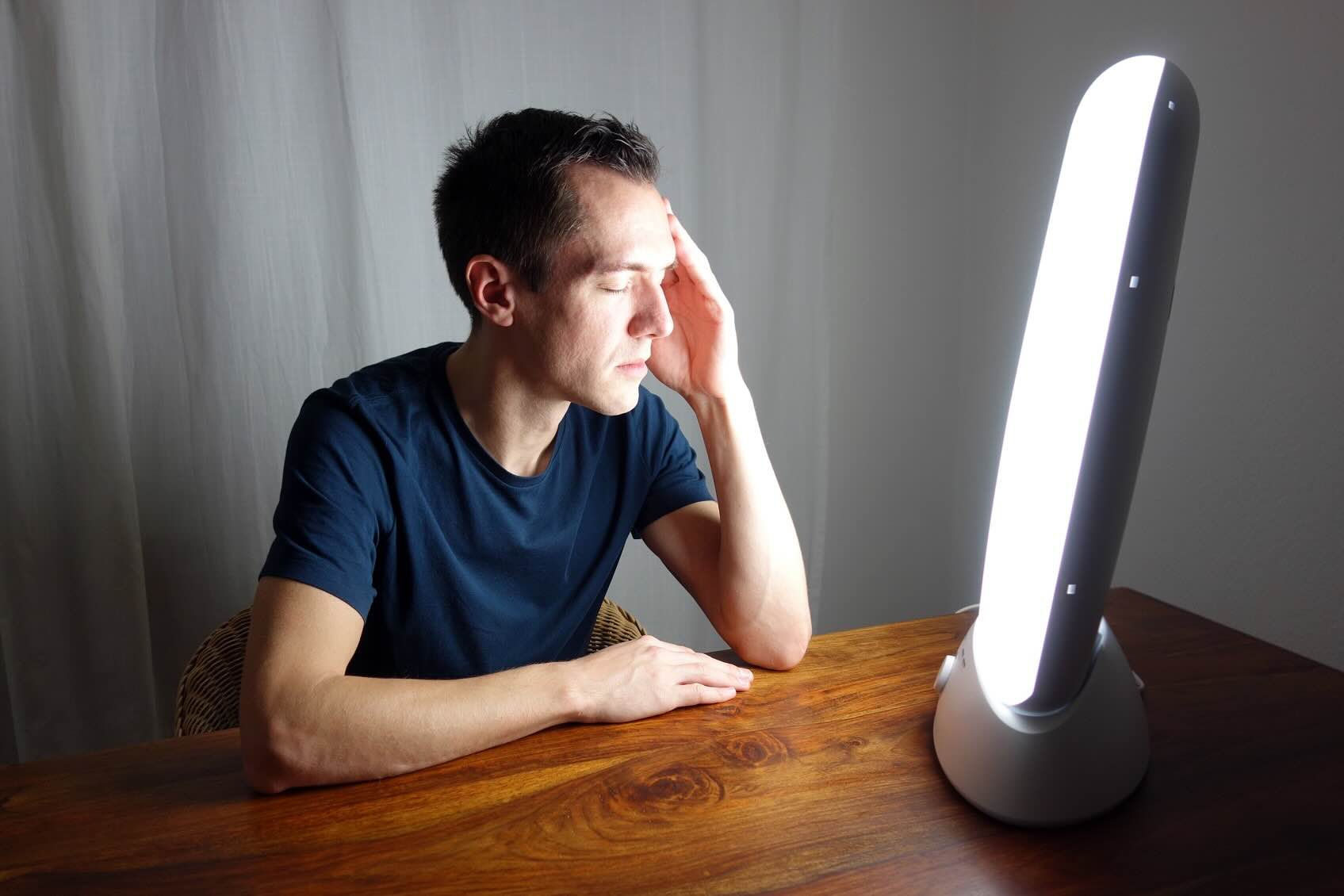

Furniture
How To Use A Light Therapy Lamp
Modified: December 7, 2023
Discover how to effectively use a light therapy lamp to enhance your furniture. Boost your mood and energy levels with this innovative lighting solution.
(Many of the links in this article redirect to a specific reviewed product. Your purchase of these products through affiliate links helps to generate commission for Storables.com, at no extra cost. Learn more)
Introduction
Welcome to the world of light therapy lamps! If you’re looking for a natural and effective way to improve your well-being, then a light therapy lamp might be just what you need. Whether you’re dealing with seasonal affective disorder (SAD), jet lag, or simply need a mood boost, these lamps can provide the light your body craves.
Light therapy, also known as phototherapy, involves exposure to specific wavelengths of light to stimulate various physiological and psychological responses. The use of light therapy has been widely studied and proven to be an effective treatment for a range of conditions.
In this article, we will explore what light therapy lamps are, the benefits they offer, how to choose the right lamp for your needs, how to set it up properly, and how to use it safely and effectively.
So, grab a cup of coffee, sit back, and let’s dive into the wonderful world of light therapy lamps!
Key Takeaways:
- Light therapy lamps mimic natural sunlight to improve well-being, combat SAD, boost mood, regulate sleep, and enhance focus. Choose a lamp with proper brightness, size, and UV protection for optimal benefits.
- When using a light therapy lamp, set it up correctly, be consistent with sessions, and prioritize morning use. Follow safety precautions, consult a professional, and integrate light therapy into a healthy lifestyle for maximum effectiveness.
Read more: What Is A Light Therapy Lamp
What is a Light Therapy Lamp?
A light therapy lamp, also known as a light box or sun lamp, is a device that emits bright light to mimic natural sunlight. These lamps are specifically designed to provide the necessary light intensity and spectrum to stimulate the body’s response to sunlight.
Light therapy lamps typically emit light at a brightness of 10,000 lux or more, which is comparable to the intensity of sunlight. The light emitted by these lamps is often in the range of 5000 to 10,000 Kelvin, closely resembling the color temperature of natural daylight. This helps to regulate the body’s internal clock and restore the natural balance of melatonin and serotonin.
The lamps are equipped with a diffuser to evenly distribute the light and prevent glare, making it comfortable to use for extended periods. Some lamps also offer adjustable intensity settings, allowing you to customize the brightness according to your preferences.
Light therapy lamps are commonly used to treat seasonal affective disorder (SAD), a type of depression that occurs during specific seasons, usually winter. The lack of sunlight during these seasons can disrupt the body’s circadian rhythm and lead to symptoms such as low mood, fatigue, and decreased energy levels.
Aside from SAD, light therapy lamps can also be beneficial for individuals who experience jet lag, sleep disorders, shift work, or those who simply want a mood boost during darker months.
It’s important to note that light therapy should not be confused with tanning beds or UV light therapy, which have different purposes and potential risks. Light therapy lamps specifically emit a visible spectrum of light without harmful UV rays.
Now that we have a better understanding of what a light therapy lamp is, let’s explore the myriad of benefits they can offer.
Benefits of Light Therapy
Light therapy has gained recognition for its numerous benefits in improving mental health and overall well-being. Let’s take a closer look at some of the key advantages of using a light therapy lamp:
- Treats Seasonal Affective Disorder (SAD): Light therapy is highly effective in alleviating the symptoms of SAD, a type of depression that occurs during the winter months. By mimicking natural sunlight, the lamps help regulate the body’s circadian rhythm and increase serotonin levels, leading to improved mood and decreased feelings of depression.
- Boosts Mood and Energy: Even for individuals without diagnosed SAD, light therapy can provide a mood and energy boost. Spending time in front of a light therapy lamp in the morning stimulates the body to release serotonin, the hormone associated with happiness and well-being, leading to increased mental alertness and energy levels throughout the day.
- Regulates Sleep Patterns: Light therapy can help regulate sleep patterns, especially for individuals who experience insomnia or have trouble falling asleep. Exposing oneself to bright light in the morning and avoiding bright light in the evening helps to reset the body’s internal clock, promoting better quality sleep.
- Improves Focus and Concentration: The bright light emitted by light therapy lamps can enhance focus, concentration, and productivity. Using a lamp during work or study sessions can help combat feelings of lethargy and increase alertness, making it easier to stay focused and engaged.
- Reduces Jet Lag Symptoms: Traveling across different time zones can disrupt the body’s internal clock, leading to symptoms of jet lag. Light therapy can help adjust and reset the circadian rhythm, minimizing the effects of jet lag and allowing for a faster adjustment to the new time zone.
It’s important to note that individual responses to light therapy may vary, and it is always recommended to consult with a healthcare professional to determine if light therapy is suitable for you and to establish an appropriate treatment plan.
Now that we understand the benefits of light therapy, let’s move on to exploring how to choose the right light therapy lamp for your needs.
Choosing the Right Light Therapy Lamp
With the wide variety of light therapy lamps available on the market, selecting the right one can feel overwhelming. Here are some factors to consider when choosing a light therapy lamp:
- Brightness: Look for a lamp that emits at least 10,000 lux of brightness. This level of intensity is most effective in providing the desired therapeutic effects.
- Size and Portability: Consider the size and portability of the lamp. If you plan to use it at home, a larger option may be suitable. However, if you wish to use it while traveling or at your workplace, a smaller, more portable lamp might be a better option.
- Light Spectrum: Ensure that the lamp emits a light spectrum of 5000 to 10,000 Kelvin. This range closely mimics natural daylight and ensures that you receive the optimal benefits of light therapy.
- Adjustable Settings: Look for lamps that offer adjustable brightness settings. This feature allows you to customize the intensity of the light according to your preferences and sensitivity.
- UV Protection: Make sure that the lamp provides proper UV protection. Light therapy lamps should emit only visible light and not harmful ultraviolet (UV) rays.
- Certification: Consider lamps that have been tested and certified for safety and efficacy. Look for certifications such as those from the U.S. Food and Drug Administration (FDA) or relevant regulatory bodies in your country.
- Reviews and Recommendations: Read customer reviews and seek recommendations from trusted sources. Feedback from other users can provide valuable insights into the performance and reliability of different light therapy lamps.
Remember, it’s crucial to select a lamp that suits your specific needs and preferences. While one lamp may work well for someone else, it may not be the ideal choice for you. Understanding your requirements and considering these factors will help you find the perfect light therapy lamp.
Once you have selected the right lamp, it’s time to set it up properly. In the next section, we will guide you through the process of setting up your light therapy lamp for optimal effectiveness.
Setting up Your Light Therapy Lamp
Setting up your light therapy lamp correctly is crucial to ensure optimal effectiveness. Here are the steps to follow:
- Choose a Location: Find a suitable location for your lamp. Place it on a stable surface, such as a desk or table, at a height where the light will shine directly towards your face. It’s important to position the lamp at a comfortable distance, typically around 16 to 24 inches away from your face.
- Set the Angle: Tilt the lamp at an angle that allows the light to enter your eyes indirectly. This means the light should illuminate your face, but you should not be looking directly into the light. This reduces the risk of eye strain or discomfort.
- Positioning: Ideally, position yourself perpendicular to the lamp, so the light can reach your eyes at an angle. Avoid positioning yourself too close or too far away from the lamp, as this may affect the light intensity and therapeutic benefits.
- Avoid Obstructions: Ensure that there are no physical obstructions between you and the lamp. Remove any objects or barriers that may block or diminish the light, such as books, papers, or other items on your desk.
- Start with Short Sessions: Begin your light therapy sessions with shorter durations, typically around 10 to 15 minutes. Gradually increase the duration over several days to find the optimal session length that works best for you. Most people find that 20 to 30 minutes per session is sufficient, but consult with a healthcare professional for personalized guidance.
- Timing: Use your light therapy lamp in the morning, preferably within the first hour after waking up. This helps to regulate your circadian rhythm and mimics the natural exposure to sunlight that occurs in the morning.
Remember to refer to the manufacturer’s instructions for specific setup guidelines and any additional recommendations for your light therapy lamp model.
Now that you have set up your light therapy lamp, let’s explore how to use it effectively to maximize the benefits.
Place the light therapy lamp at eye level, about 16-24 inches away, for 20-30 minutes in the morning. Avoid looking directly at the light to prevent eye strain.
Read also: 13 Superior Light Therapy Lamp for 2024
Using Your Light Therapy Lamp
Using your light therapy lamp effectively is key to reaping the benefits it offers. Here’s how to make the most of your light therapy sessions:
- Consistency: Aim for daily sessions to maintain a consistent routine. Regular exposure to the light will have a more significant impact on regulating your circadian rhythm and improving your mood and energy levels.
- Sit within Range: Sit within the recommended distance from the lamp, typically 16 to 24 inches away from your face. This allows the light to reach your eyes effectively and stimulates the desired physiological responses.
- Keep Eyes Open: Keep your eyes open during the session to allow light to enter and reach your retina. Avoid direct staring into the light, as it may cause discomfort or eye strain.
- Engage in Activities: Make the most of your session by engaging in activities like reading, working on a puzzle, or catching up on emails. This keeps you occupied and helps pass the time while you receive the light therapy benefits.
- Utilize Your Morning Routine: Incorporate your light therapy session into your morning routine. For example, you can use your light therapy lamp while having breakfast, reading the newspaper, or doing a morning meditation. This ensures a seamless integration into your daily activities.
- Be Mindful of Side Effects: While light therapy is generally safe, some individuals may experience minor side effects such as headache, eye strain, or mild nausea. If you experience any discomfort or side effects, reduce the session length, adjust the distance or intensity, or consult with a healthcare professional.
Remember, light therapy works best as a complementary therapy alongside other self-care practices. It’s important to maintain a healthy lifestyle, including regular exercise, proper sleep, and a balanced diet, to enhance the overall benefits of light therapy.
Now that you know how to use your light therapy lamp effectively, let’s discuss the recommended duration and timing of light therapy sessions.
Duration and Timing of Light Therapy Sessions
The duration and timing of your light therapy sessions play a crucial role in optimizing the benefits you receive. Here are some guidelines to follow:
- Duration: Start with shorter sessions, typically around 10 to 15 minutes, and gradually increase the duration as tolerated. Most individuals find that 20 to 30 minutes per session is sufficient to experience the desired effects. However, individual responses may vary, so it’s essential to listen to your body and adjust the duration accordingly.
- Timing: It’s recommended to have your light therapy session in the morning, within the first hour of waking up. This aligns with the natural exposure to sunlight that occurs in the morning and helps to regulate your circadian rhythm. Morning sessions also provide an energizing and uplifting start to your day.
- Consistency: Consistency is key when it comes to light therapy. Aim for daily sessions to establish a routine and maintain the positive effects. Regular exposure to the light will provide the most significant benefits in terms of mood improvement, sleep regulation, and increased energy levels.
- Avoid Evening Sessions: It’s important to avoid light therapy sessions in the evening or close to bedtime. The bright light can disrupt your natural sleep-wake cycle and make it harder for you to fall asleep at night. By incorporating light therapy into your morning routine, you can maximize its effectiveness without interfering with your sleep.
- Monitor Your Response: Pay attention to how your body responds to the light therapy sessions. If you notice any adverse effects or discomfort, such as headaches or eye strain, reduce the session length, adjust the distance from the lamp, or consult with a healthcare professional for guidance.
Remember, light therapy is a personalized treatment, and the optimal duration and timing can vary from person to person. It’s always a good idea to consult with a healthcare professional or light therapy specialist for customized recommendations based on your specific needs.
Now that you are aware of the duration and timing guidelines for light therapy sessions, let’s move on to discussing some important safety precautions to keep in mind.
Safety Precautions
While light therapy is generally safe and well-tolerated, it’s important to take certain precautions to ensure the best and safest experience. Here are some safety guidelines to keep in mind when using a light therapy lamp:
- Consult with a Healthcare Professional: If you have any pre-existing medical conditions or are taking medication, it’s advisable to consult with your healthcare professional before starting light therapy. They can provide personalized guidance and ensure that light therapy is safe and suitable for you.
- Follow Manufacturer’s Instructions: Read and follow the instructions provided by the manufacturer of your light therapy lamp. Each lamp may have specific guidelines regarding usage, distance, and intensity settings. Adhering to these instructions will help prevent any potential risks or adverse effects.
- Avoid Staring Directly into the Light: While using a light therapy lamp, it’s important to avoid staring directly into the light. This can cause discomfort, eye strain, or temporary vision disturbances. Instead, keep your eyes open and positioned in a natural and comfortable position while the light shines indirectly on your face.
- Start with Short Sessions: Begin with shorter light therapy sessions and gradually increase the duration as your body adjusts. This allows your body to adapt to the light and reduces the risk of any potential side effects.
- Monitor for Adverse Effects: Pay attention to any adverse effects you may experience during or after light therapy sessions. These may include headaches, eye strain, irritability, or nausea. If you notice any concerning symptoms, reduce the session length, adjust the distance, or seek medical advice if necessary.
- Avoid Overuse: While light therapy has numerous benefits, excessive use can be counterproductive or potentially harmful. Stick to the recommended session duration and frequency, as exceeding the recommended limits may not provide additional benefits and could lead to adverse effects.
- Pregnancy and Photosensitivity: If you are pregnant or have a known sensitivity to light, it’s important to consult with your healthcare professional before starting light therapy. They can provide personalized advice and determine if light therapy is safe for you.
- Quality and Safety Certification: Choose a light therapy lamp from reputable brands that comply with safety standards and have the necessary certifications. Look for lamps that have been tested for their safety and efficacy, such as those approved by the U.S. Food and Drug Administration (FDA) or other relevant regulatory bodies in your country.
By following these safety precautions, you can ensure a safe and effective light therapy experience. If you have any concerns or questions about using a light therapy lamp, it’s always recommended to consult with a healthcare professional or light therapy expert.
Now that you are equipped with the necessary safety precautions, let’s summarize everything we’ve covered in this article.
Conclusion
Light therapy lamps offer a natural and effective way to improve your well-being and combat the symptoms of various conditions. Whether you’re dealing with seasonal affective disorder (SAD), jet lag, or simply need a mood boost, these lamps can provide the much-needed light that your body craves.
We explored what light therapy lamps are and how they mimic natural sunlight to stimulate our body’s response. The benefits of light therapy are significant, including treating SAD, boosting mood and energy, regulating sleep patterns, improving focus and concentration, and reducing jet lag symptoms.
When choosing a light therapy lamp, consider factors such as brightness, size and portability, light spectrum, adjustable settings, UV protection, certification, and customer reviews. Setting up your lamp correctly involves choosing a suitable location, setting the angle, positioning yourself correctly, and avoiding obstructions.
Using your light therapy lamp effectively entails being consistent, sitting within the recommended range, keeping your eyes open, engaging in activities, and incorporating it into your morning routine. It’s important to be mindful of the duration and timing of your light therapy sessions, seeking a healthcare professional’s guidance if needed.
Lastly, we discussed safety precautions such as consulting with a healthcare professional, following manufacturer’s instructions, avoiding direct staring into the light, starting with shorter sessions, monitoring for adverse effects, avoiding overuse, considering pregnancy and photosensitivity, and selecting lamps with quality and safety certification.
By following these guidelines and taking proper precautions, you can harness the benefits of light therapy and improve your overall well-being. Remember to listen to your body, consult with professionals if needed, and maintain a healthy lifestyle alongside light therapy to maximize its effectiveness.
So, embrace the power of light therapy lamps and let the uplifting and energizing effects brighten your days!
Frequently Asked Questions about How To Use A Light Therapy Lamp
Was this page helpful?
At Storables.com, we guarantee accurate and reliable information. Our content, validated by Expert Board Contributors, is crafted following stringent Editorial Policies. We're committed to providing you with well-researched, expert-backed insights for all your informational needs.
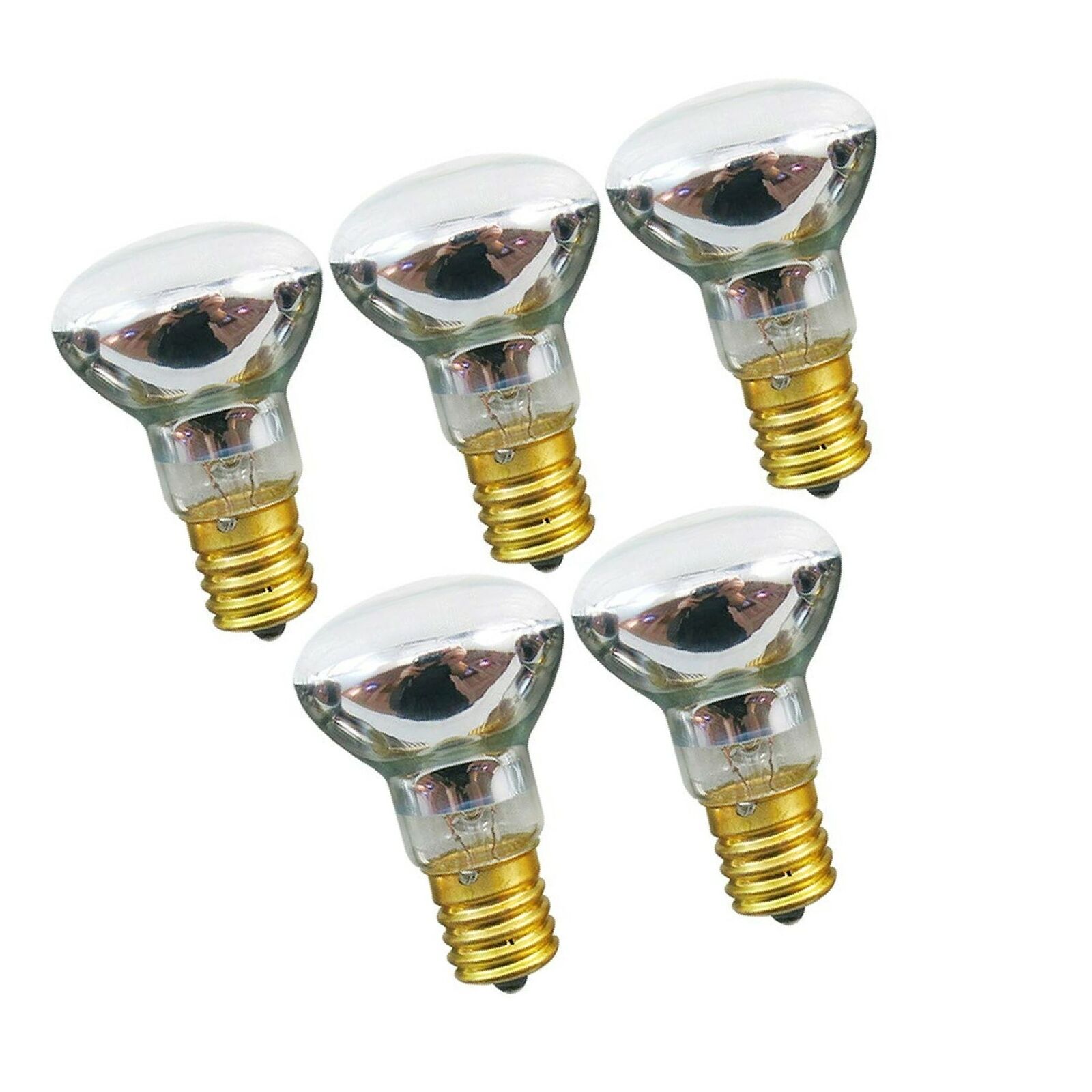
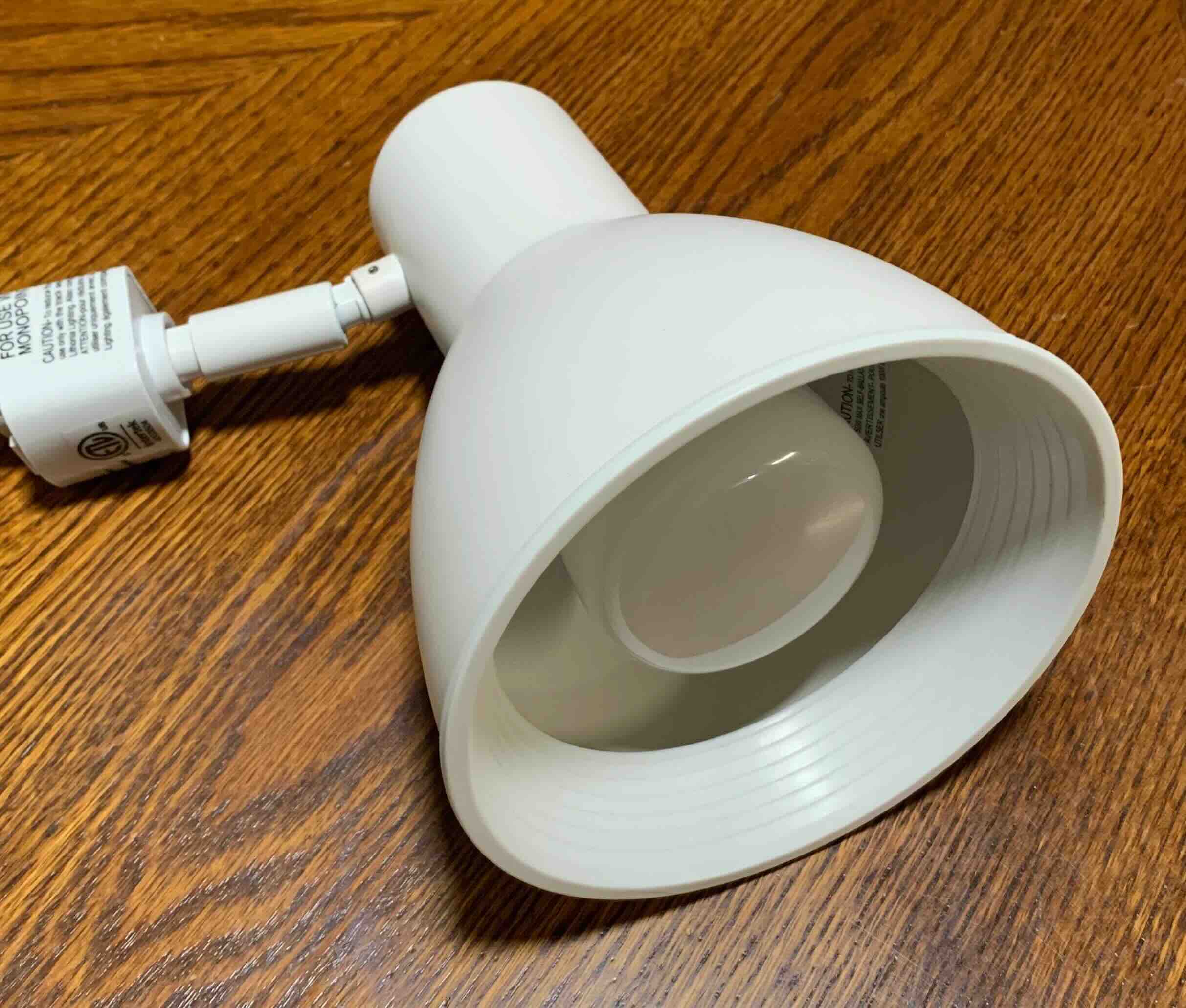
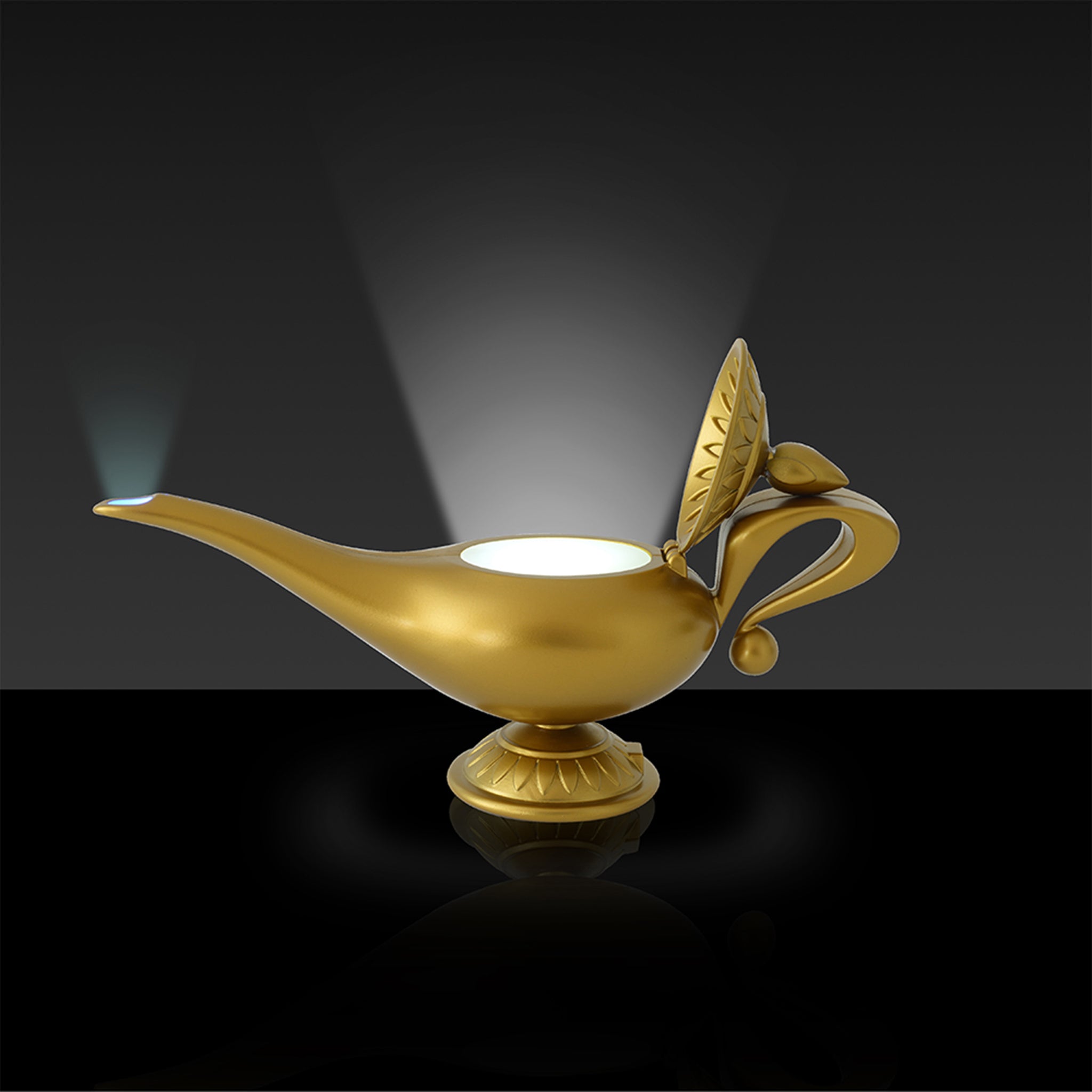
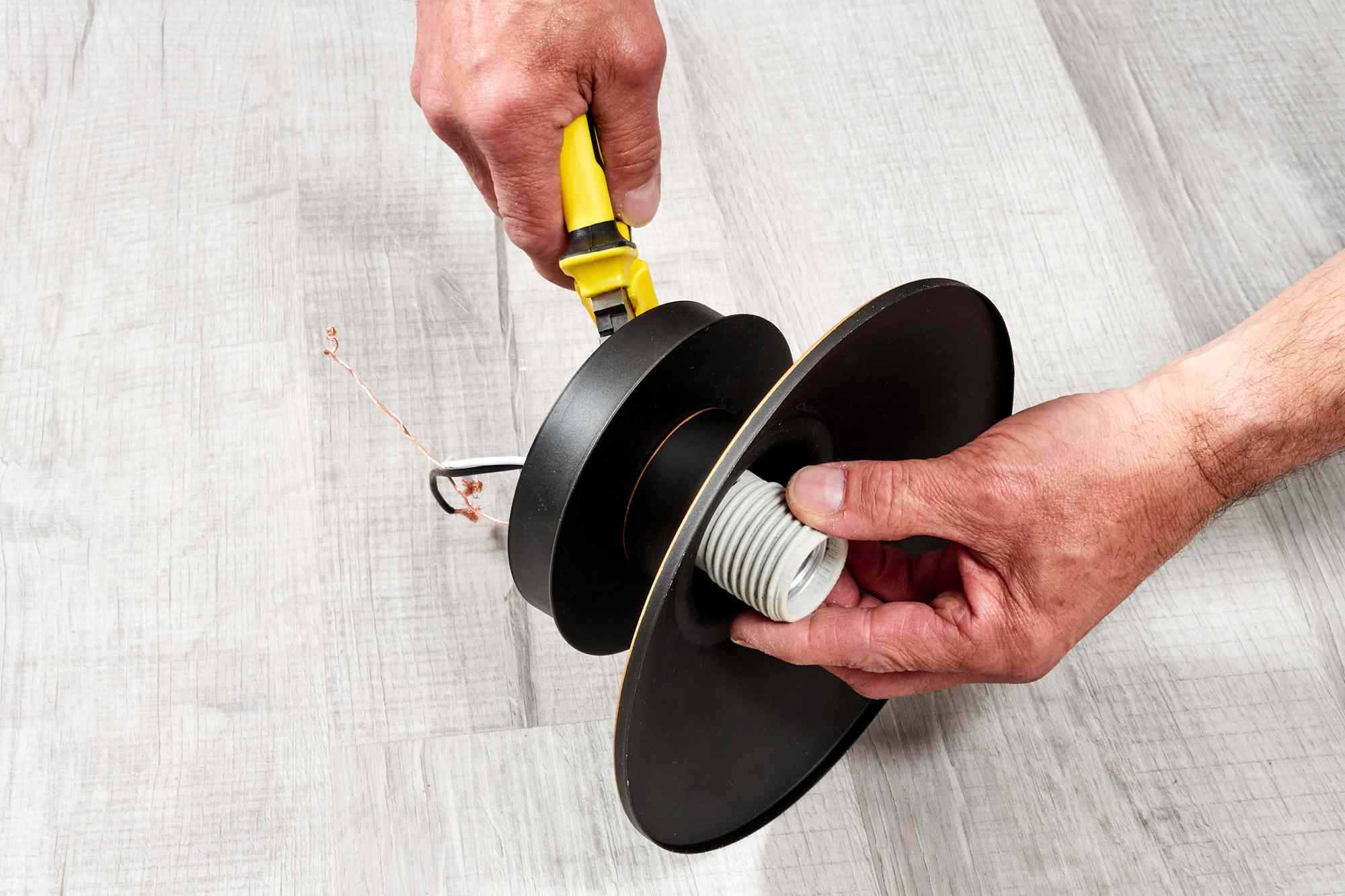
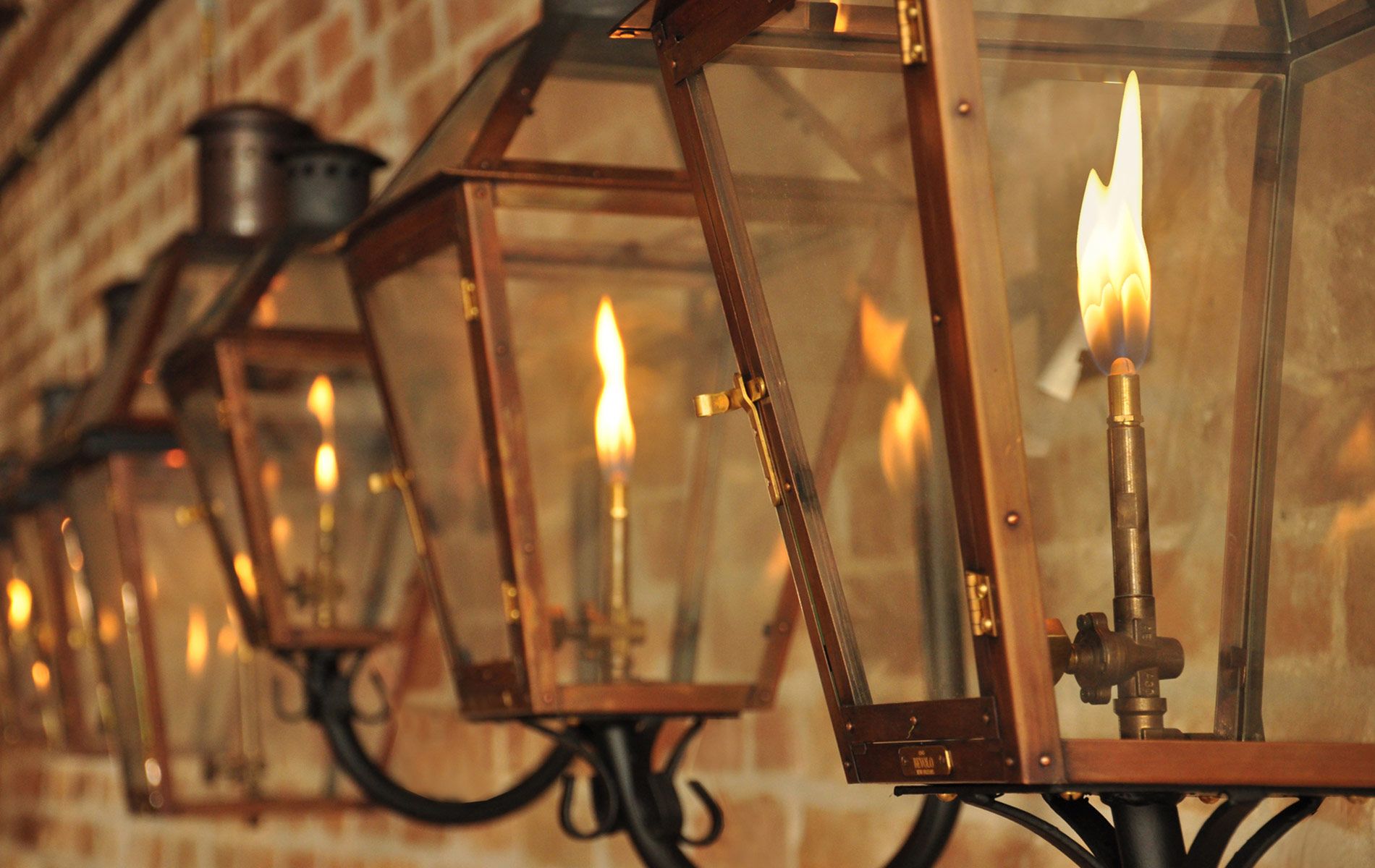
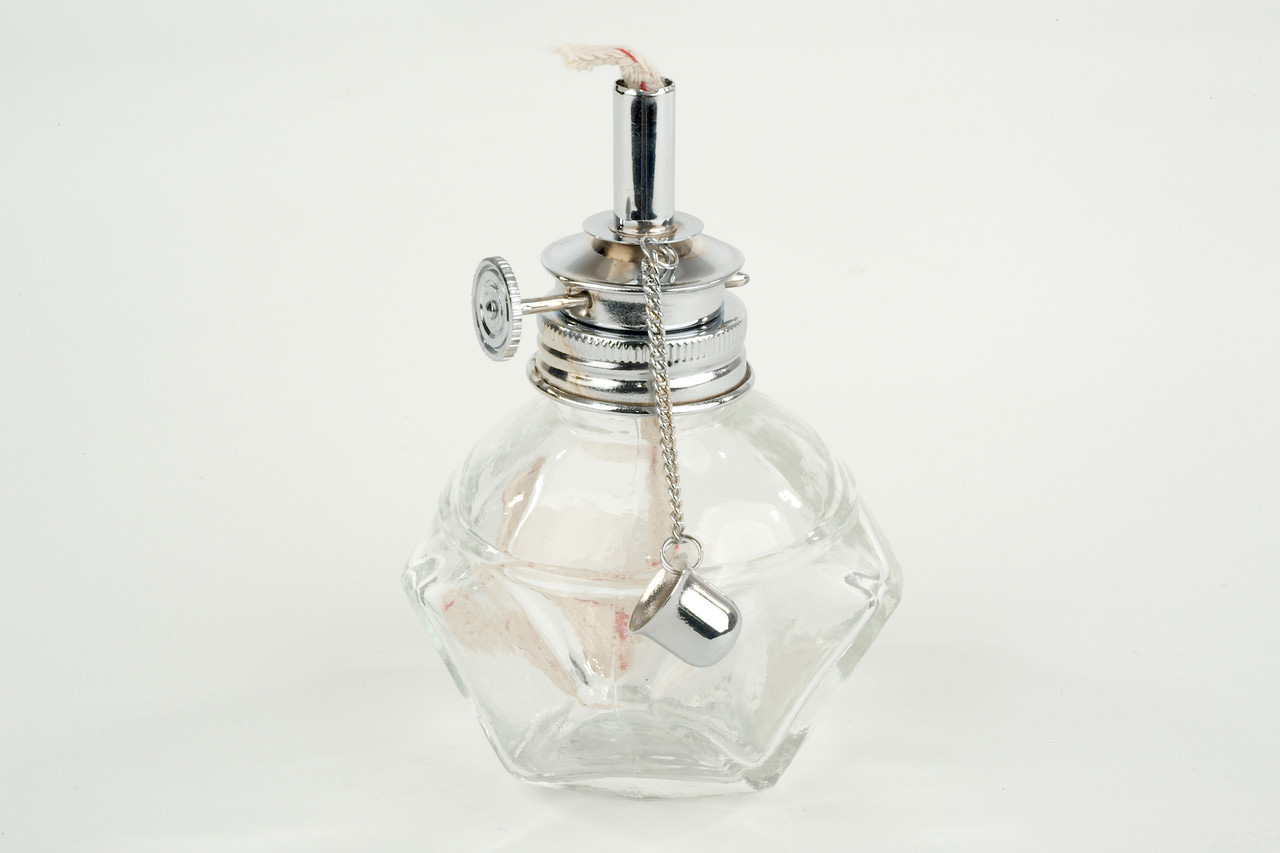
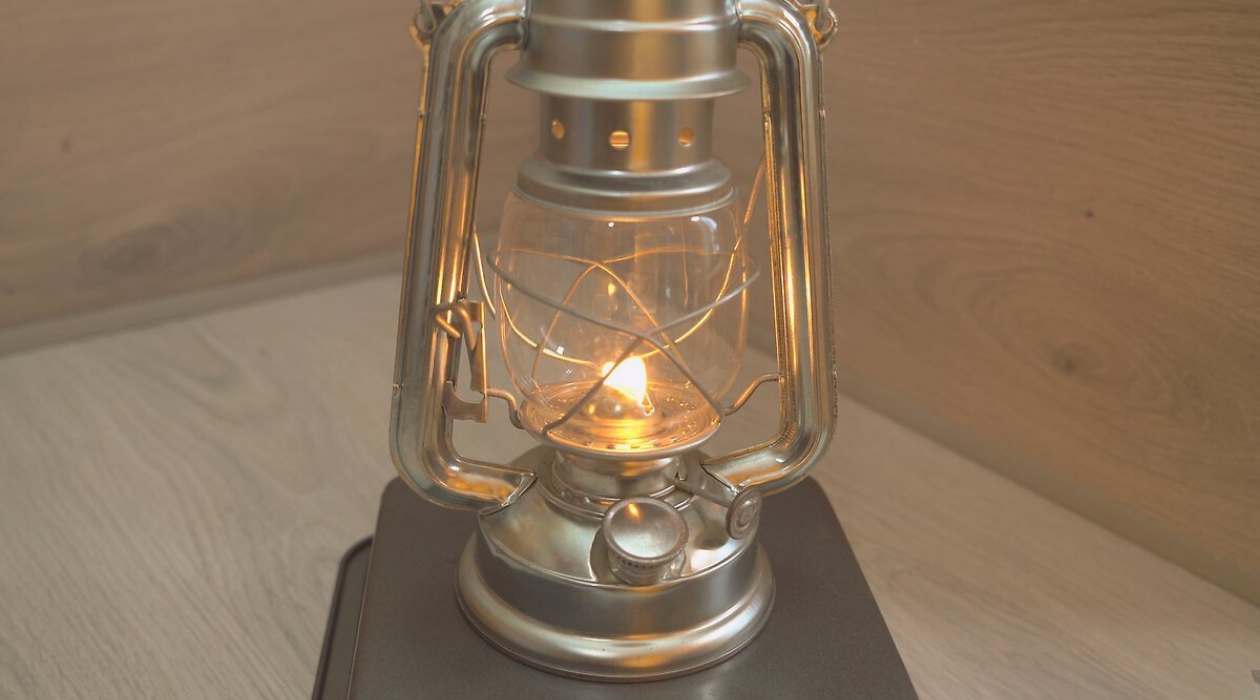
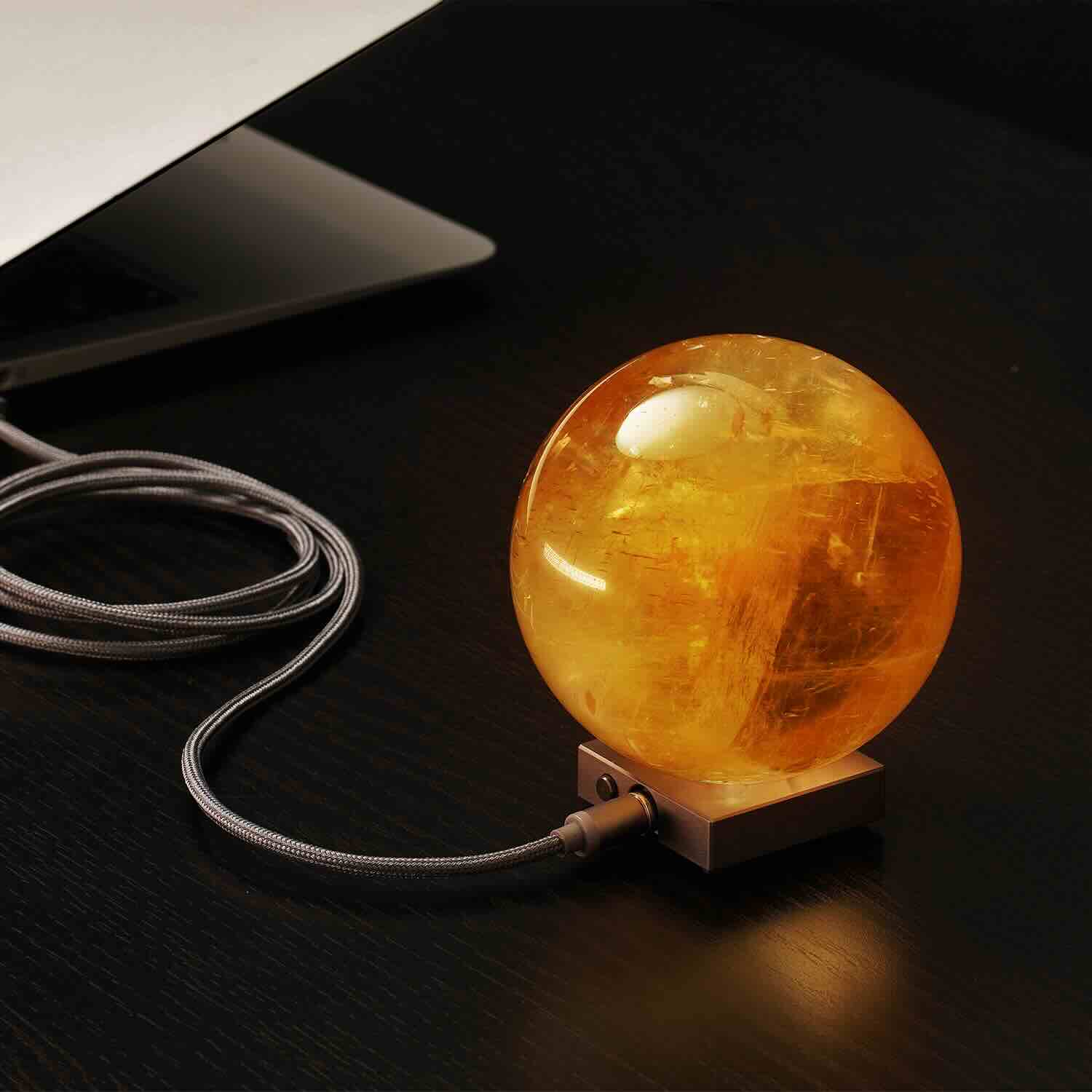
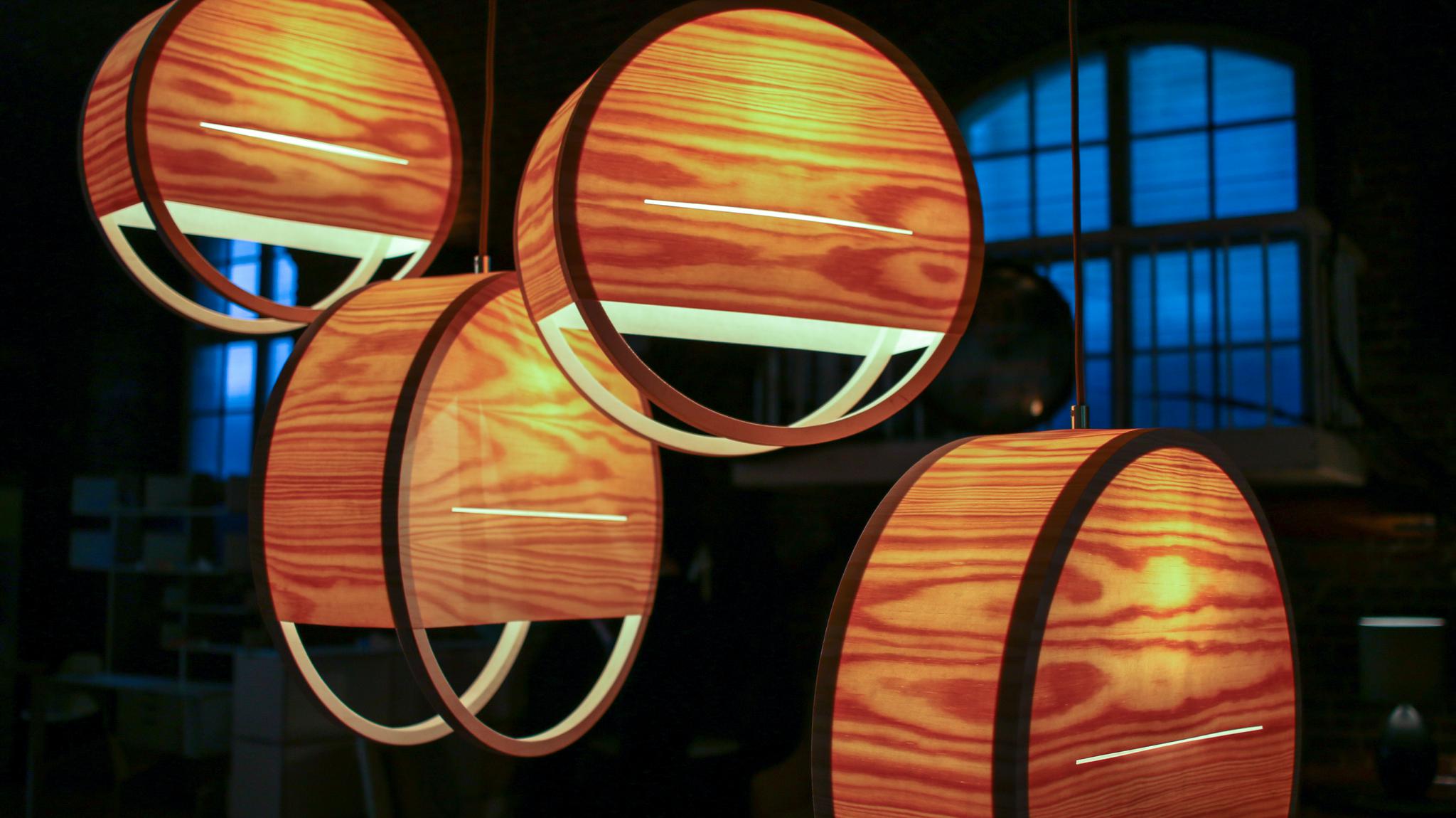
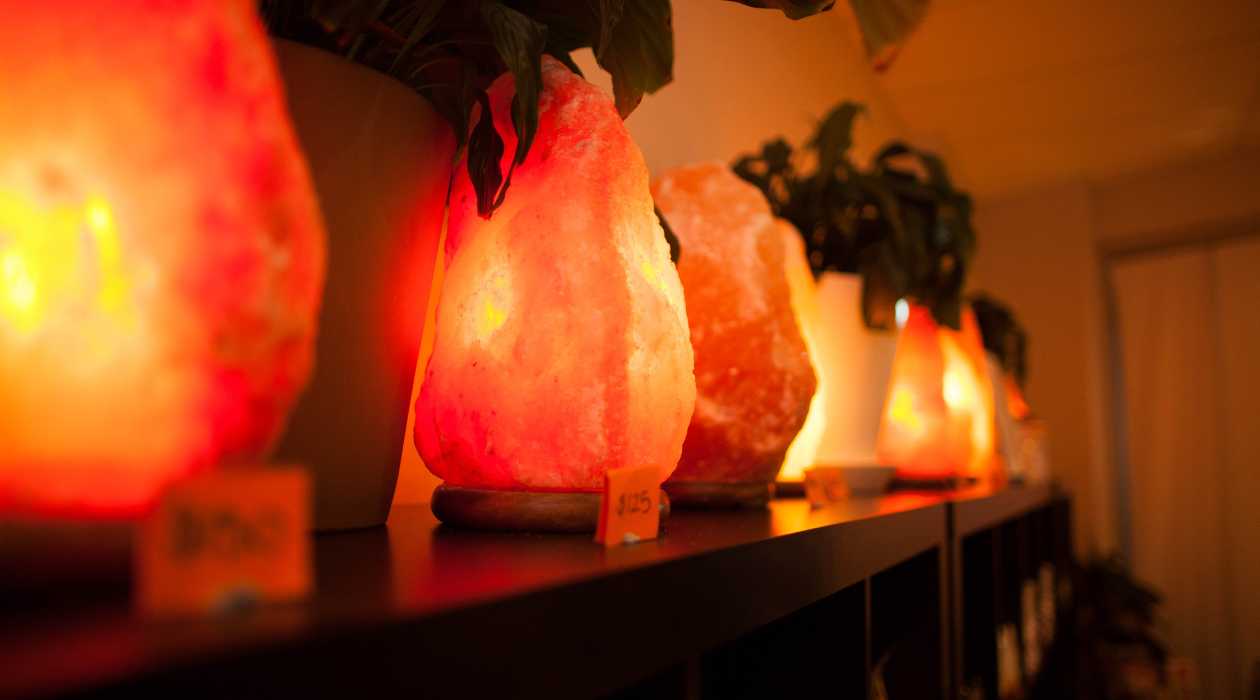
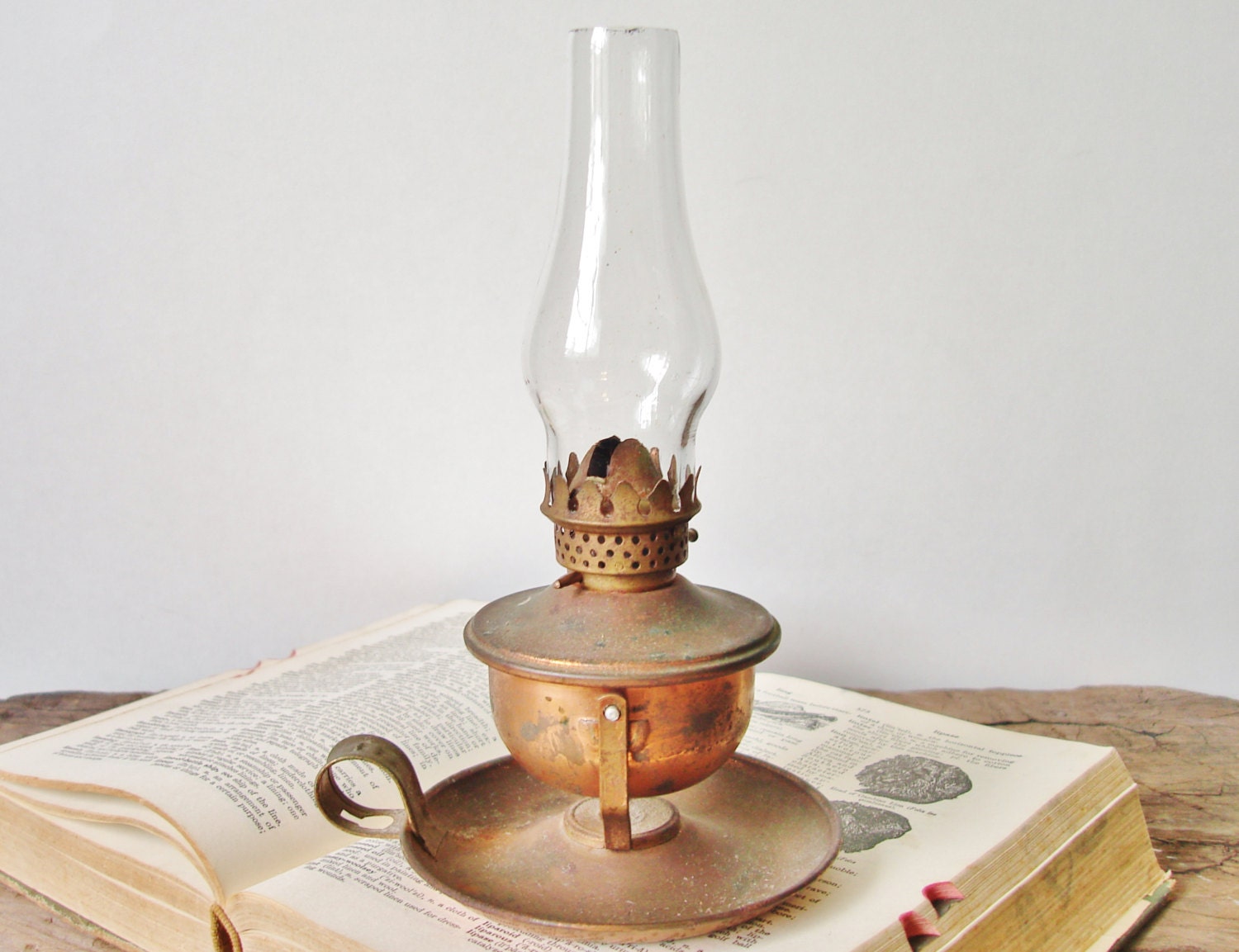
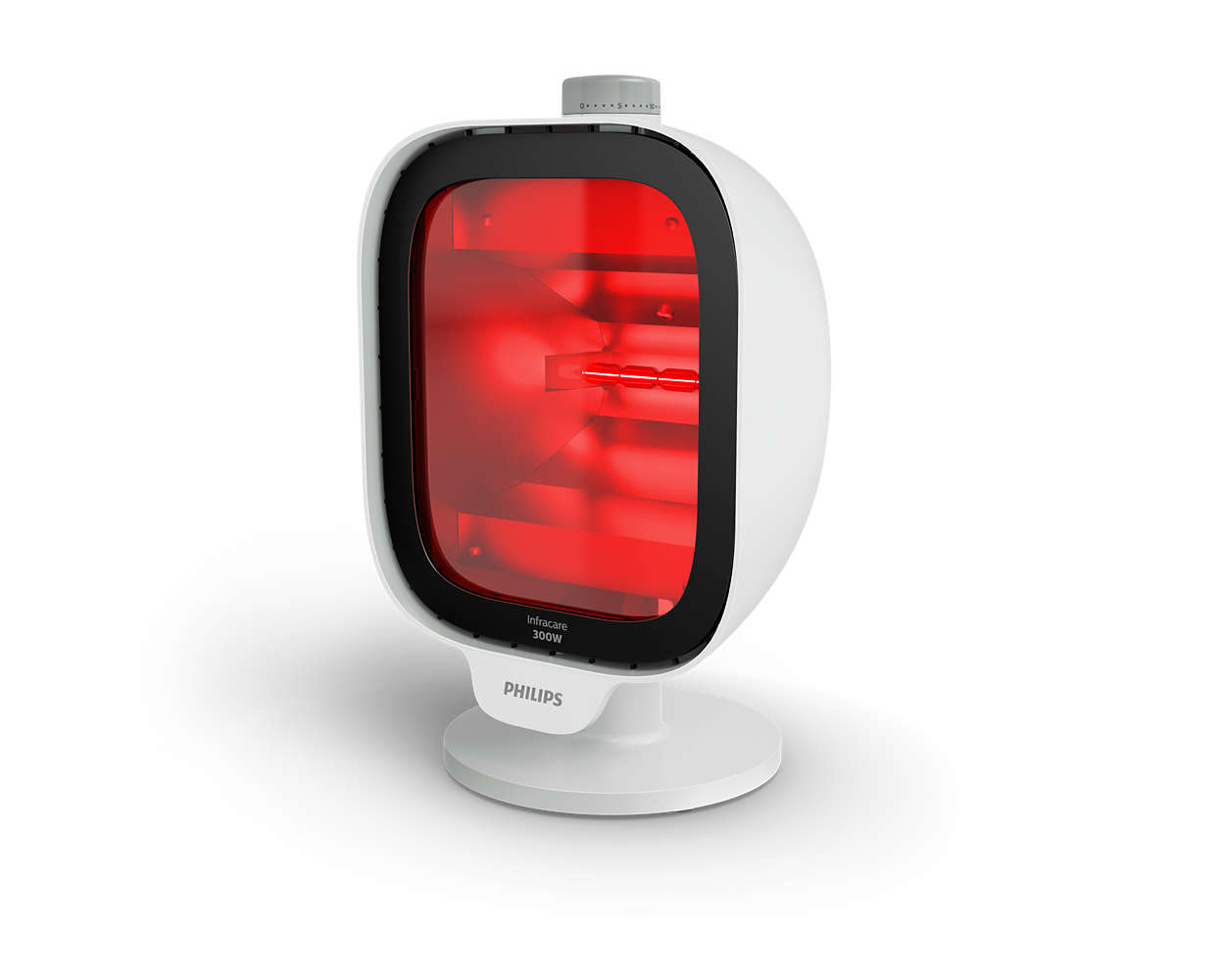
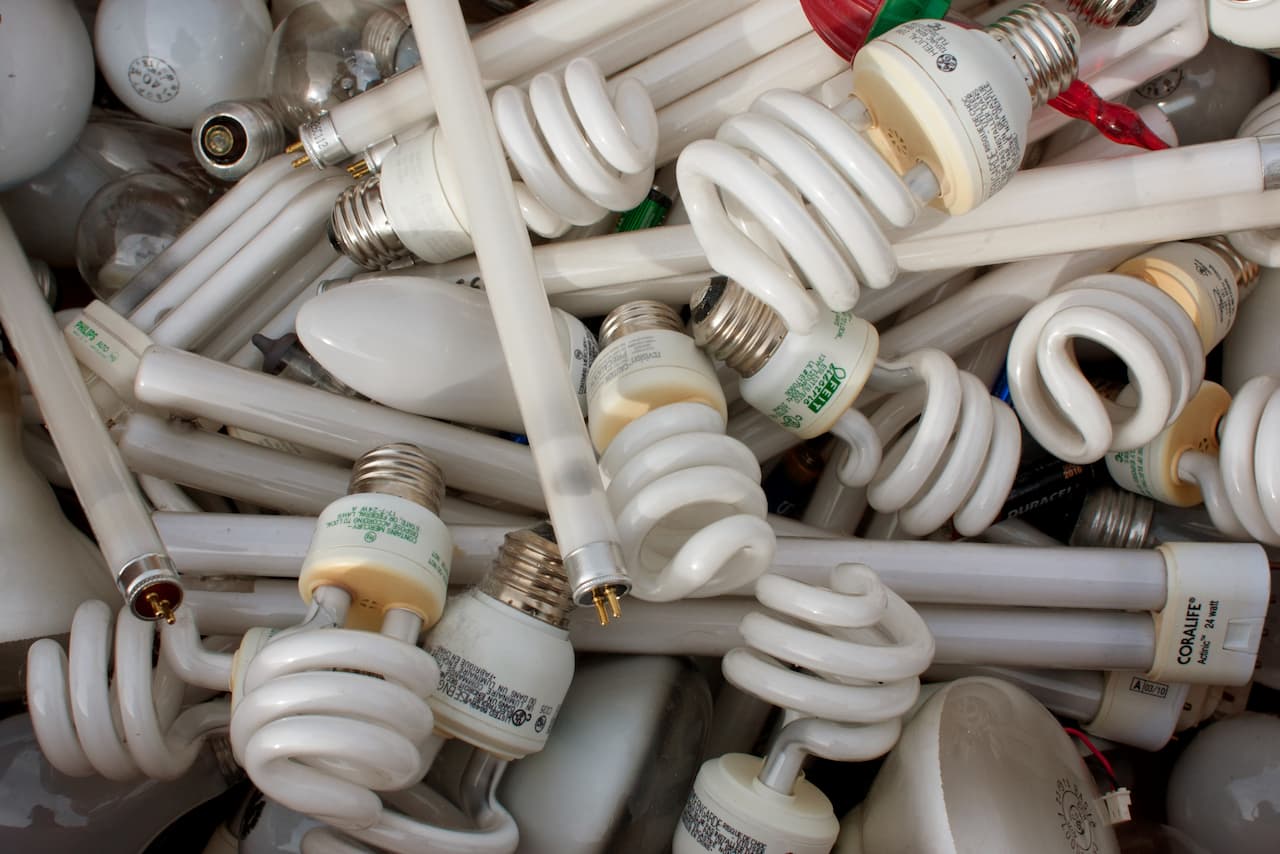
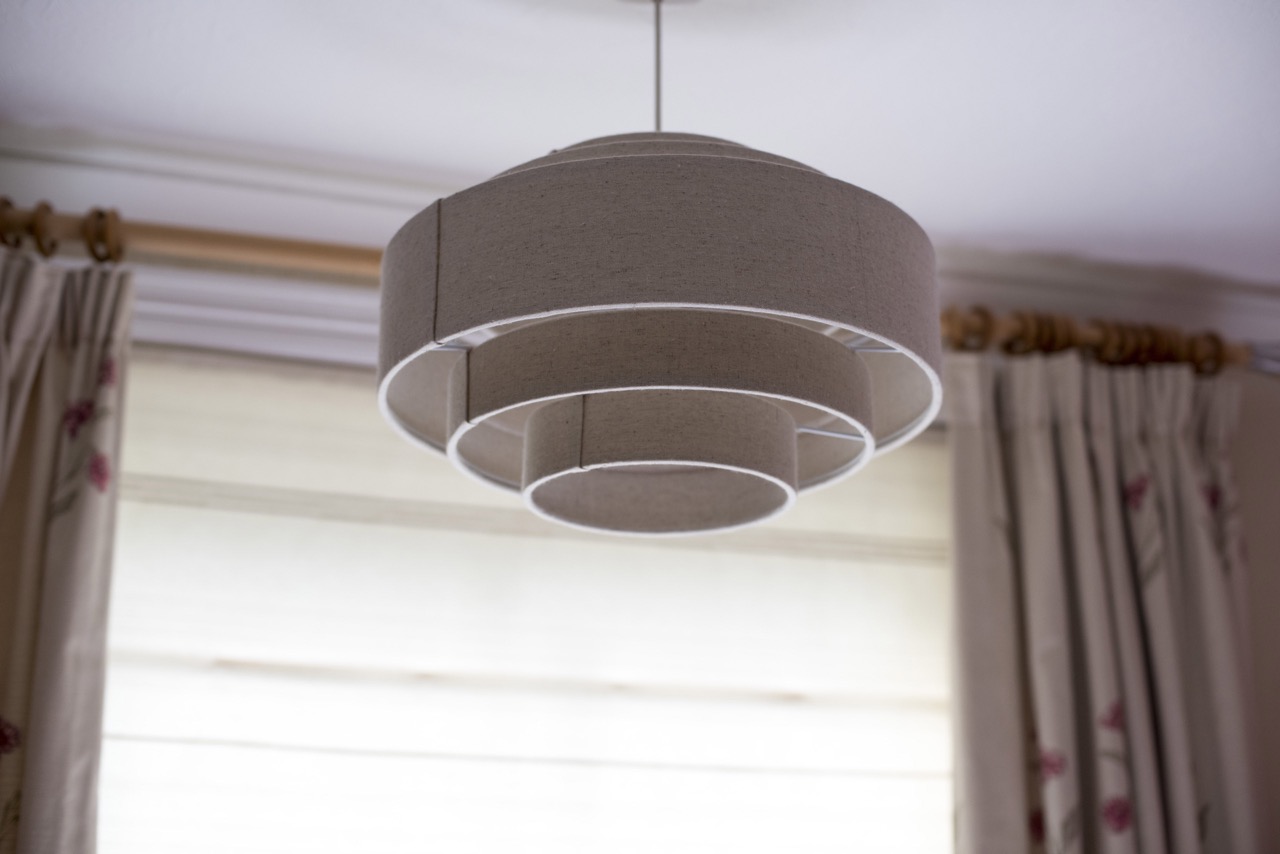

0 thoughts on “How To Use A Light Therapy Lamp”